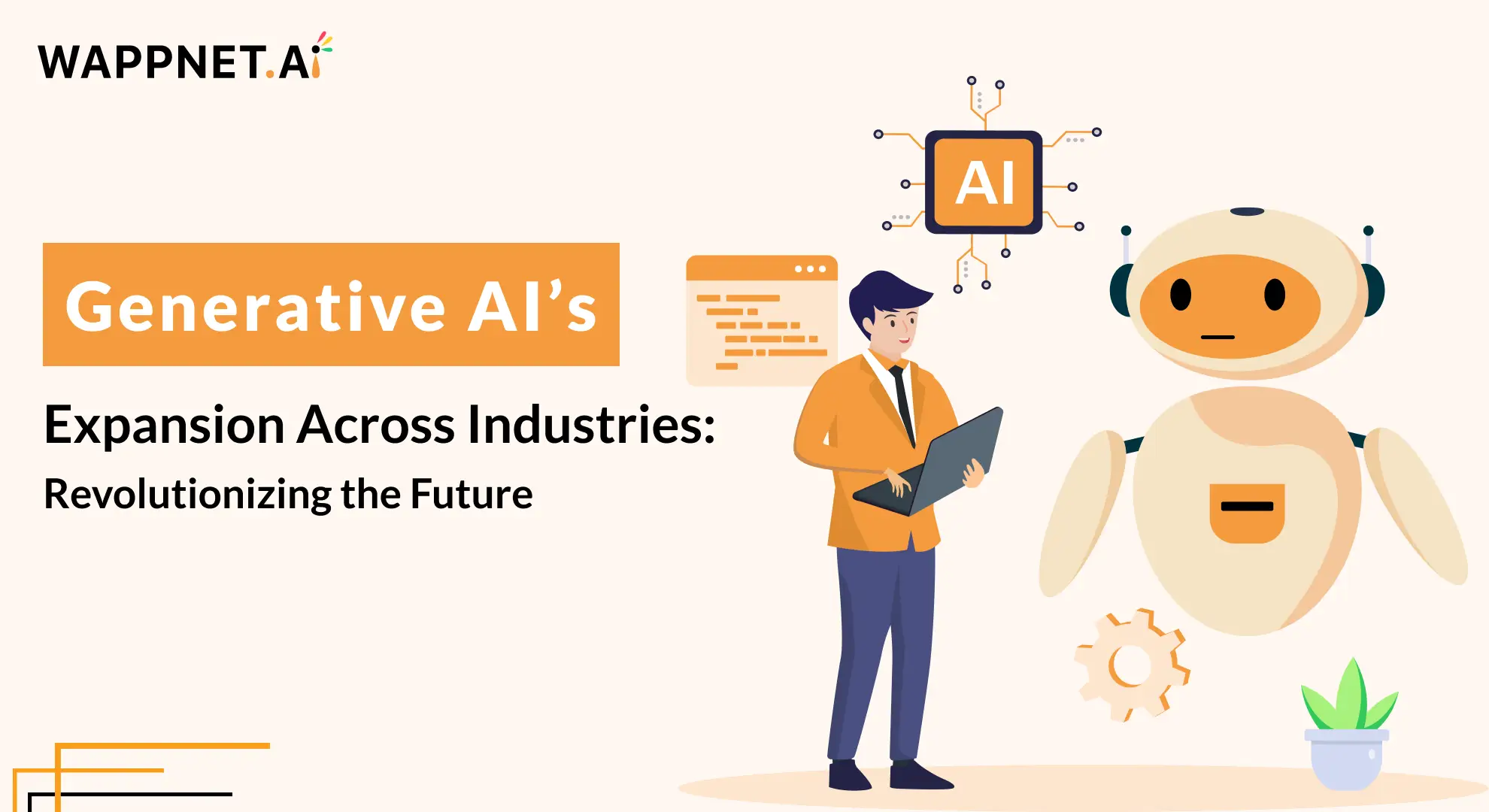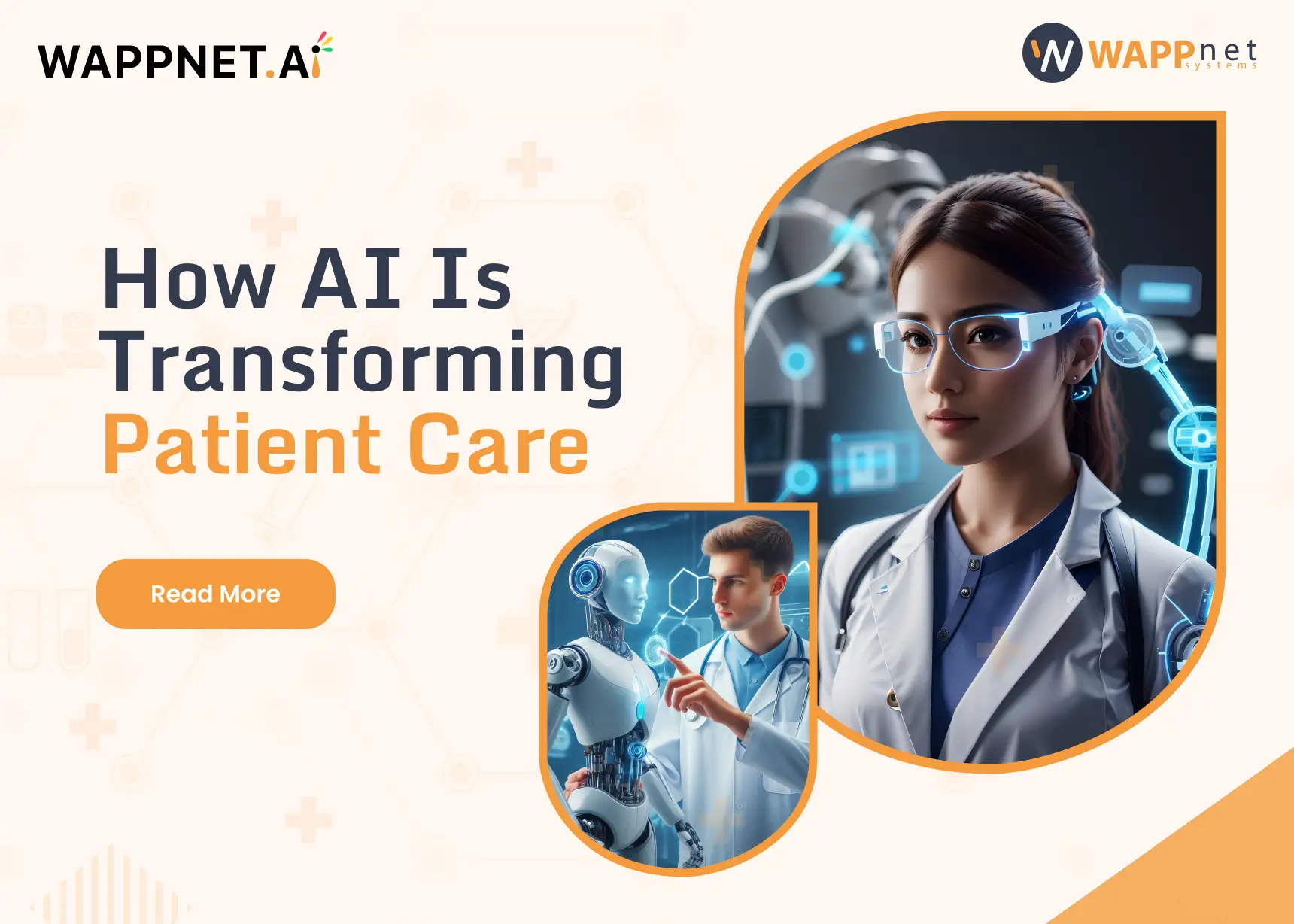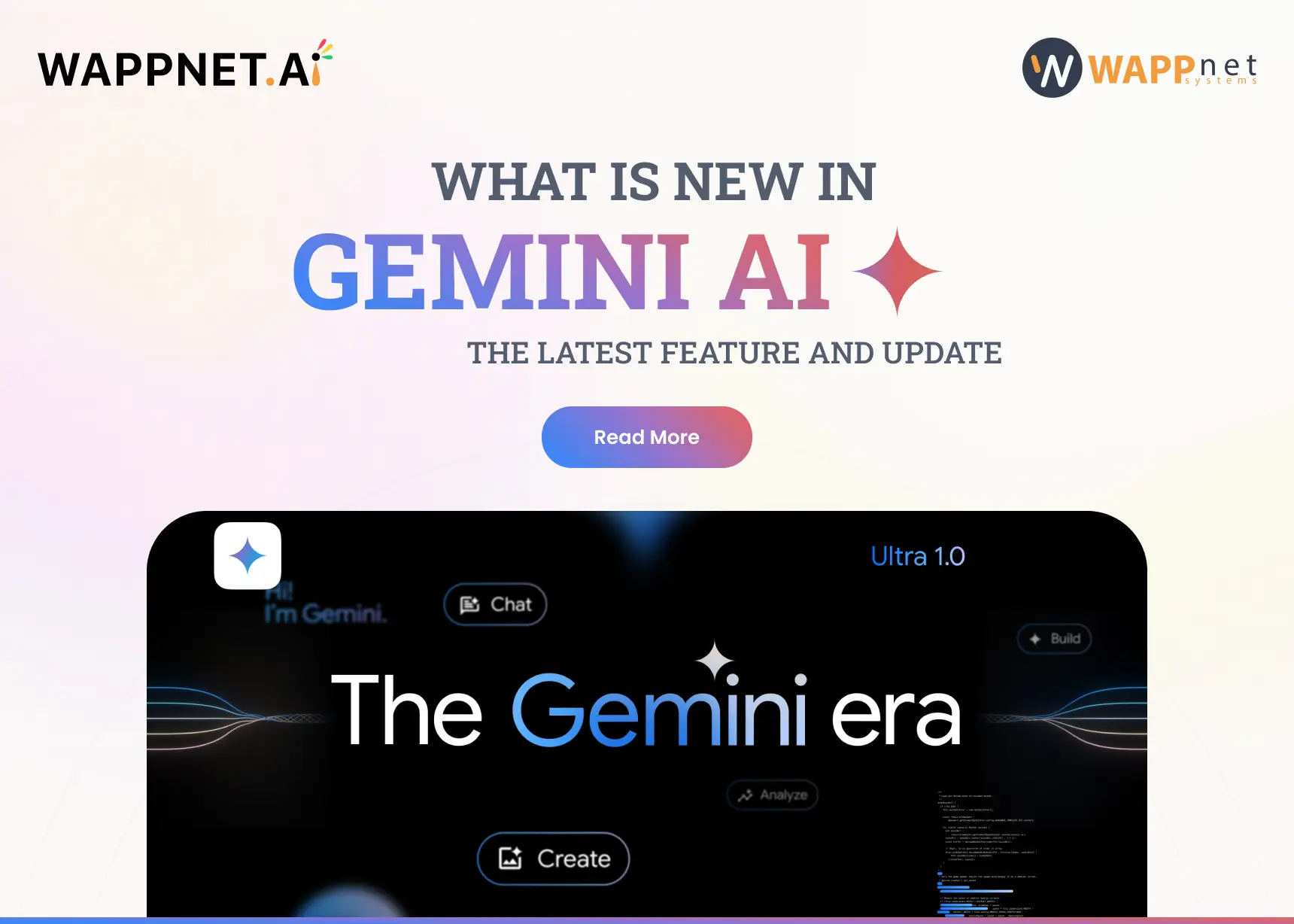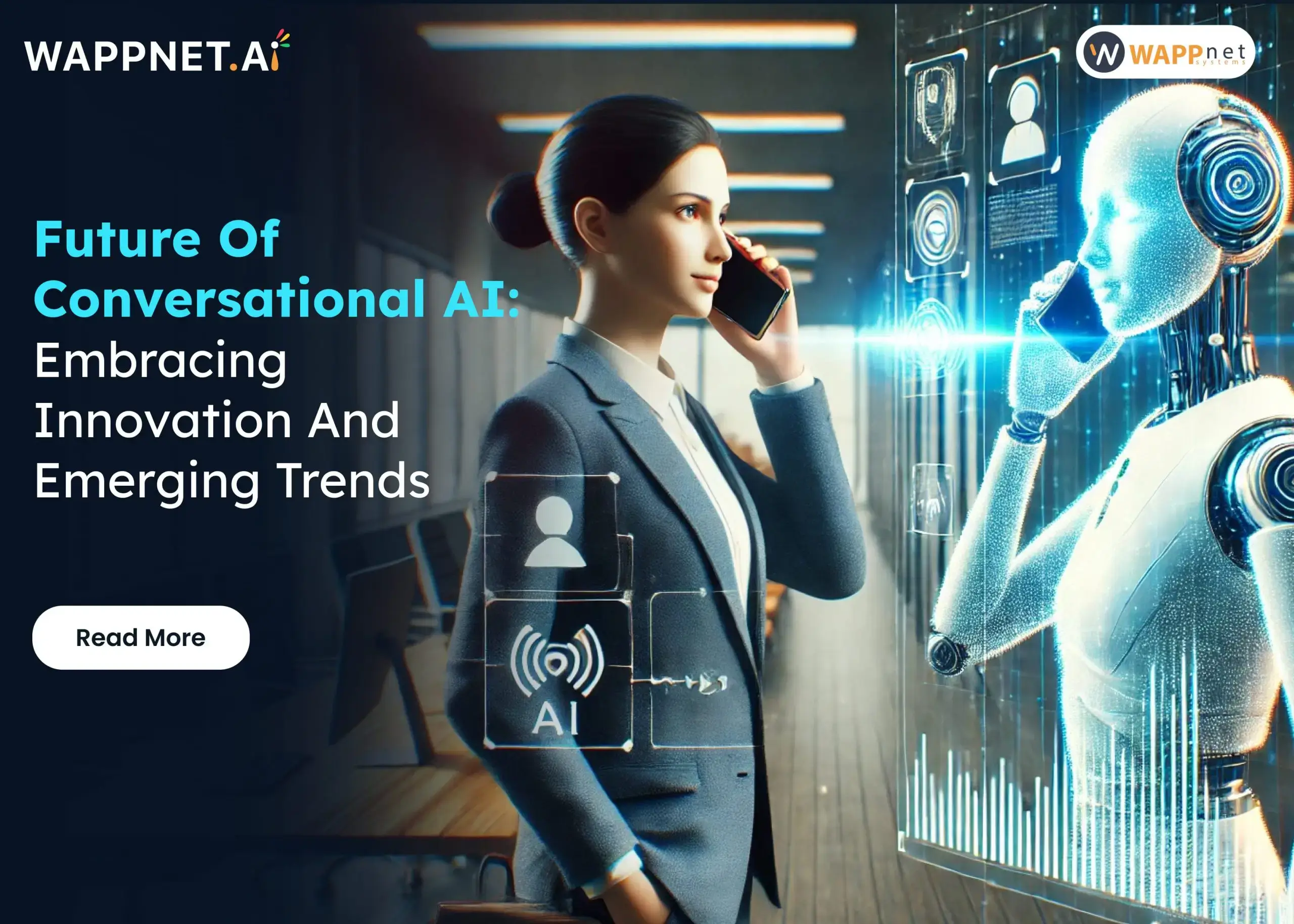The use of Artificial Intelligence (AI) is changing how companies conduct their operations, innovate, and interact with customers. General AI and Agentic AI are two of the AI technologies that have been among the fastest-growing technologies. Although the two are related to the AI umbrella, they can be used in various applications, and they are not used in the same way. To be able to utilize AI, enhance productivity, and become innovative, it is necessary to know these differences to address them in organizations.
In this blog, we discuss the major distinctions between Agentic and Generative AI, discuss their examples of application, and give some insights supported by statistics.
Key Takeaways
- Generative AI is concerned with the process of content generation, in that, the user makes a prompt to produce content.
- The agentic AI is self-contained and makes decisions and runs tasks on its own.
- The two AI technologies are transforming sectors, both in content generation and business automation and healthcare.
- Organizations need to consider the opportunities and shortcomings of each type of AI to have the most appropriate solution to their requirements.
- To keep in touch with AI progress guarantees that a business will be competitive and innovative in an ever-changing technologized environment.
What is Generative AI?
Generative AI is an AI system that can generate text, images, audio, video, or code on the input of a user. Such models are trained on huge datasets and produce outputs that resemble human creativity.
Key Features of Generative AI
- Creation of Content: Generates text, images, and multimedia on request.
- Creativity Enhancement: Helps writers, designers, and artists to brainstorm and write.
- Data-Driven: Data-intensive to acquire patterns and produce outputs.
- Limited Autonomy: Works according to user instructions and commands.
Examples: ChatGPT, DALL · E, GitHub Copilot. Generative AI services are exploited by many companies to produce marketing content, descriptions of their products, and graphics. A Generative AI firm is capable of offering unaffordable solutions to content generation, creative design, and software development.
What is Agentic AI?
On the other hand, agentic AI is defined as AI systems that are created to perform tasks independently, make decisions, and/or behave autonomously, under specific parameters. These artificial intelligence agents can assess the surroundings, rank the actions, and perform duties without human oversight.
Key Features of Agentic AI
- Independent Decision-Making: Is capable of carrying out duties without human supervision.
- Task Performance: Concentrated on the accomplishment of certain goals with maximum efficiency.
- Adaptive Learning: Learns through the process of feedback to make better decisions.
- High-Level Integration: It is common in industries where there is a need to monitor in real-time or automate a task.
Examples: IBM Watson AI agents, Google AI Task Agents, and autonomous cybersecurity AI tools.
Key Differences Between Agentic AI and Generative AI
| Feature | Generative AI | Agentic AI |
| Primary Function | Produces content (text, images, code, etc.) | Performs work independently, makes decisions. |
| User Interaction | Responds to prompts | Takes initiatives depending on the circumstances and objectives. |
| Autonomy | Restricted; user input is needed with every task. | High; acts autonomously and in a specific context. |
| Learning Style | Pattern-based, learns from available data. | Learns based on decision, outcome-driven. |
| Use Cases | Creation of content, coding, and generation of design. | Automation of processes, cybersecurity, and real-time decision making. |
| Examples | ChatGPT, DALL·E, GitHub Copilot. | IBM Watson, Google AI agents, Palo Alto Networks AI agents. |
Use Cases of Generative AI
Generative AI has a broad spectrum of applications across industries. Key use cases include:
- Creation of content: AI applications such as ChatGPT allow marketing staff to write blogs, emails, social media messages, and reports, and save time and increase productivity. Generative AI companies collaborate with many organizations in scalable content generation.
- Design: Such tools as DALL·E can create creative graphics and artistic designs based on textual instructions, allowing the designer to discover ideas more quickly.
- Software Development: AI-based code assistants, such as GitHub Copilot, can assist developers in creating code more quickly by collecting less error information, making them more effective.
- Gaming Industry: Generative AI services are transforming the way games are developed with the creation of assets, characters, and environments. In the year 2025, the number of games on Steam utilizing generative AI was greater than 7,800, which is a 681 percent growth over the prior year.
- Education: AI-generated content has the potential to deliver learning tailored content, quizzes, and interactive learning to students.
Use Cases of Agentic AI
Agentic AI focuses on autonomous decision-making and task execution. Key applications include:
- Cybersecurity: AI agents will identify and react to threats in real-time, which enhances the security posture and decreases response times.
- Corporate Affairs: Agentic AI can automatically perform up to 80% of the routine corporate tasks, which translates into a cost savings of 20-28 percent and increased operational efficiency.
- Finance: Agentic AI is used by investment banks such as Goldman Sachs to facilitate internal operations and assist employees in data analysis, report drafting content, etc.
- Healthcare: Agentic AI applies to patient monitoring, diagnostics, and treatment advice, which enables medical personnel to work on more meaningful activities.
- Logistics & Supply Chain: Autonomous AI agents control the inventory, optimize the delivery routes, and estimate demand fluctuations.
Advantages of Generative AI
- Speeds up creative processes.
- Reduces human effort in repetitive tasks.
- Generates diverse ideas quickly.
- Enables customization at scale.
Advantages of Agentic AI
- Improves operational efficiency through automation.
- Reduces human error in decision-making.
- Enables real-time responses and adaptability.
- Frees up human resources for strategic work.
Read More: Top 20 Vibe Coding Tools to Level Up Your Coding Game in 2025
Challenges & Considerations
While both AI types offer immense potential, they also come with challenges:
- Generative AI: The threat of fake information, content quality, and copyright. The companies should select reliable Generative AI firms to get good results.
- AI as agents: It will have to be heavily safety-monitored, with strict ethical reasoning, and supervised to ensure unexpected autonomous behavior.
Conclusion
The field of technology and business is transforming with both the Agentic AI and Generative AI. Where Generative AI is more powerful in generating content and creativity, Agentic AI is superior in autonomous decision-making and performance. With the knowledge of their distinct capabilities, organizations can use the appropriate solutions of AI to achieve innovative, more efficient, and competitive in a fast-changing digital world.
With the increased use of AI, the combination of Generative AI services and Agentic AI solutions in a considerate manner is the key to realizing the full potential. Companies that strategically use these technologies are likely to become more productive, innovative, and grow over the long term.
Related Post

Generative AI’s Expansion Across Industries: Revolutionizing the Future

How AI is Transforming Patient Care


